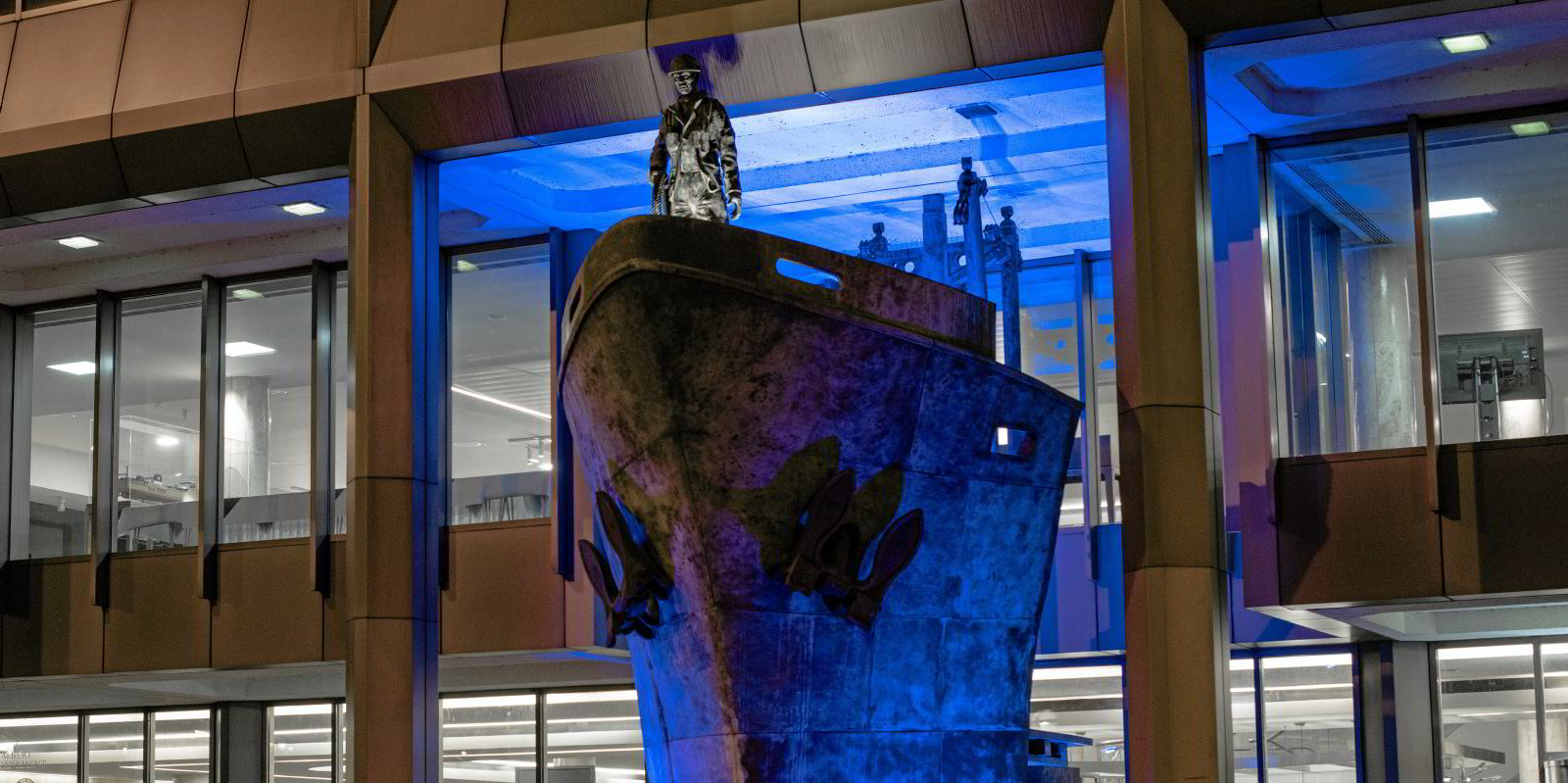Our industry is a conundrum. Shipping is one of the oldest industries. It has remained relevant through wars and technological advancements, and has continuously innovated through the centuries to remain relevant.
This article is one of more than three dozen contributions from shipping industry stakeholders about their outlook for decarbonisation efforts in the year ahead. We asked shipowners, managers, financial professionals, technology providers and more about their own efforts to address greenhouse gas emissions in 2022 and what they hope to happen in the industry this year.
Indeed, the container is probably one of the greatest innovations of the century. Yet, it is also perceived as being a slow adopter of new technology and change. Why? I believe a lot of innovation happens behind closed doors and is not shared among the industry.
Innovation has historically been synonymous with competitive advantage, with many companies believing that if it is not created in-house, it is not good enough. This mindset — if it continues — will not help tackle decarbonisation.
While there are many incentives for the industry to tackle decarbonisation, we do not talk enough about what is preventing the industry from innovating in this space.
What is the "friction" preventing us from accelerating progress in this space? I suggest it is fear. Fear of the scale of the problem, and fear that costs cannot be passed on, thereby impacting an owner’s competitiveness in a commoditised trade.
Initiatives such as The Captain’s Table have an important role to play in working with industry to overcome this fear by showing them that there are already solutions in the works, and there is no need to start from scratch.
We also believe that events such as ours help to drive conversations between partners in our ecosystem, as well as the broader industry, on collaboration opportunities, which in turn could lead to cost-sharing or saving solutions.
In 2021, The Captain’s Table showcased four decarbonisation solutions ranging from hardware initiatives to ones on emissions monitoring and monetisation. We will continue our work in this area with an increased focus on driving collaboration across our ecosystem and on building the innovation platform for the industry.

Decarbonisation of shipping is a complex problem, and the decisions we make now have potential long-term consequences.
As a first step, we need to start getting comfortable with uncertainty — and that we will not get it right at the start. How can this be achieved?
At a corporate level, businesses can start by deconstructing the problem to understand what it means for their own business. It is not only about fuel or the future or technology. There are tangible actions that can be taken in the short term at a corporate level — for example, by optimising voyages and fuel consumption.
Having a better understanding of the problem can help individual companies make better, risk-adjusted decisions in this space.
At the industry level, we need governments to provide more policy certainty on regulations, incentives for innovation, and support for thought leadership on the topic in order to answer the question of what good looks like for the industry. The Global Centre for Maritime Decarbonisation in Singapore is a good example of development in this area.
Finally, we need to retain and attract the right talent to the industry. To achieve decarbonisation targets, we need both innovation and diversity as diversity drives creativity, productivity and innovation.





